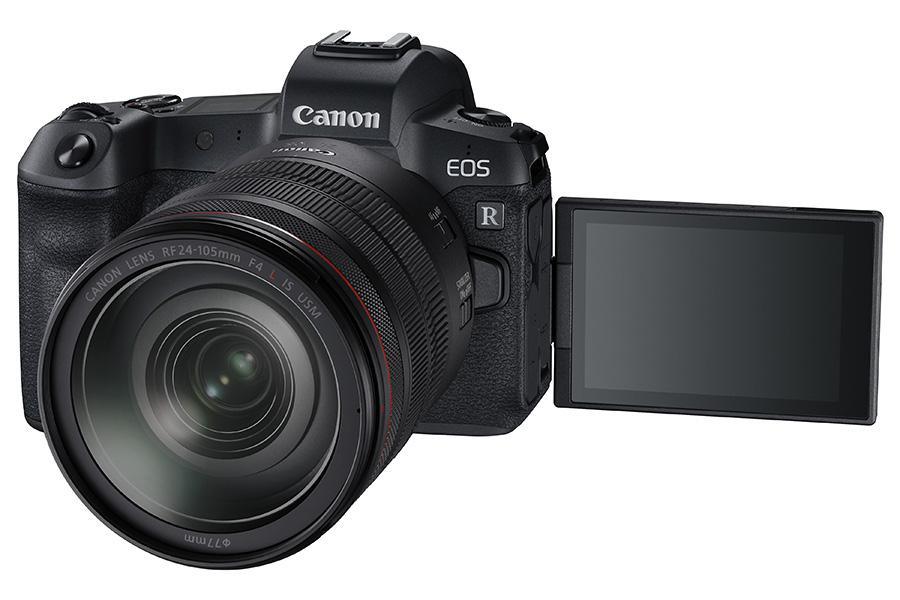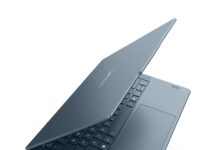Canon EOS RWhen Canon launched the EOS R full-frame mirrorless camera system, many thought that it was the brand finally catching up with competitors like Sony, Fujifilm, Olympus and Panasonic. Canon claims otherwise, that they have taken the time in order to reinvent the camera system and bring photography to the next generation. Somehow, I agree with them.
It appears the Canon approach in creating the EOS R is not about making the camera smaller nor compact. The body is equally beefy compared to the DSLR models, and the new RF lenses are even larger than the equivalent EF lenses. When I used the EOS R, I do not feel that I am using a mirrorless camera system, but the first hint that it is a true-blue mirrorless camera is when I peer into the viewfinder. Instead of seeing a live optical view, I was greeted with a high-resolution high-refresh display, which adjusts brightness according to the lighting conditions. Thanks to this, the EOS R works better than standard DSLR under low light, as EVF lets user see and frame better. On top of that, the EOS R can focus more reliably in low light conditions, up to -6 EV.

With a full-digital design, some functions work better than the DSLR. For picking AF points, the EOS R is able to touch and drag the AF points on the 3.15-inch touchscreen while peering through the EVF at the same time. On traditional DSLRs, users would either have to toggle the AF points with a navigation wheel or to use the live-view mode to select the AF points from the touch screen, which is generally more sluggish than a mirrorless system.
The EOS R autofocus experience is exceedingly fast and completely silent on the bundled 24-105mm F/4 L IS USM lens (you can only hear the focusing motor whirling if you place your ears against the lens). On top of that, the EOS R is able to perform equally well with older EF lenses through the EF-EOS R mount adapter, with no drop in performance. One of the key features is the avail of 12-point contact points compared to 9 on DSLR lenses, which results in faster communication between camera body and the new RF lens. The addition of a customisable control ring on the lens further enhances the versatility. For photographers working in quiet environments, there is also an option for silent shutter release but at the current firmware, it can only support a single frame release. Potentially, the EOS R is a better system compared to DSLRs for photographers shooting in quiet and low-light situations.
One of the new features Canon introduced in the EOS R is the M-Fn bar next to the EVF. It is a touch-sensitive strip which you can customise to swipe or tap on each end for actions. This panel can be customised to swipe and adjust, for instance, ISO speed at 1/3 step, tap the left to set ISO 100, or tap the right to set ISO Auto, all at an instant. This beats turning the dials. Another well-thought feature is that the shutter curtain is closed when the camera powers down, just like DSLRs. Where almost all other mirrorless camera systems have their sensors exposed, Canon does the sensible thing, and this minimises dust when changing lenses.
EOS R also has a new shooting mode, Fv, where user can choose to adjust the shutter, aperture and/or ISO. This flexible mode empowers user to decide whether he wants to manual adjust any of the parameters, while leaving the camera metering system to auto-adjust the remaining parameters. The small challenge for using this mode is that user has to go through more steps to reset each of the parameters to auto.
Where the EOS R works well as a mirrorless camera, it also inherits some of the drawbacks. If you are a trigger-happy shooter, the EOS R may take a while to start-up before you can fire the first shot. Even when it’s on standby, it will take a moment for the EVF to turn on before you can frame the scene. For heavy users, the EOS R battery could not match the DSLR counterparts, but this can be addressed by charging the camera via USB-C with a suitable powerbank. Perhaps the most controversial issue for EOS R is the lack of dedicated knobs to select shooting modes and other functions like EV, drive modes, to name a few. Of course, many of these functions are readily accessible through customised shortcuts or the “Q” Quick Control screen. And given the number of customisation possible, you can map the buttons with your favourite functions. I guess you got to compromise some features to gain other better ones.
Verdict
Rating: 4.5/5
S$3,399 (body only)
sg.canon
The first full-frame mirrorless camera system has room for some improvements, but the EOS R is unexpectedly impressive. It handles like an advanced DSLR, shoots like one, and works better and faster in many areas.








